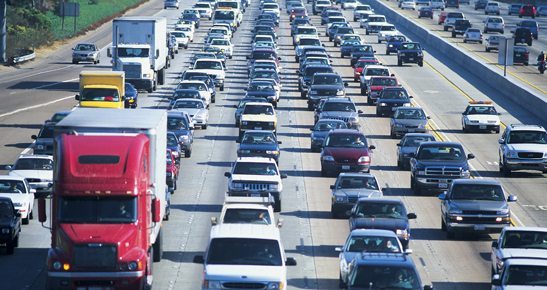Earlier this month, the National Traffic Safety Board (NTSB) recommended that all 50 States adopt a cutoff of .05 Blood Alcohol Concentration (BAC) as the maximum percentage of blood alcohol that a person could have in their system and legally drive. Although spurned by good intentions, this lower figure is both unattainable and will likely increase the danger of drunk drivers on the street. That is probably why the usually staunch supporters of increased punishments for convicted impaired drivers, such as Mothers Against Drunk Driving (MADD), have been noticeably quiet and unsupportive of this proposal.
Most people will agree that it is a bad idea to drink any amount of alcohol and get behind the wheel. The best way to avoid coming close to the current legal threshold of .08 BAC is to abstain from any consumption of alcohol before driving. However, alcohol is by far one of the most studied substances on the planet. The current data suggests that people begin to be impaired to operate a motor vehicle by alcohol when their BAC reaches a .08 percent. There are not any peer-reviewed studies that support that impairment begins at levels lower than that. Lowering the cutoff to .05 would, in essence, make it criminal to drive with a non-impairing level of alcohol in one’s system. What makes the NTSB proposal more questionable is that it doesn’t take into account the practical effects that this would have on law enforcement. If officers were forced to investigate cases with lower BAC’s and effectuate arrests in cases where they had probable cause to believe that an individual had a BAC as low as .05, it would require the officer to spend time booking and processing that person. Most DUI investigations take between 1-3 hours, during which the arresting officer is no longer available to patrol and investigate crime. Imagine the scenario where an officer stops a non-impaired driver with a BAC of a .06 and while spending hours arresting and processing the non-impaired driver, other actually impaired drivers with BAC’s significantly higher than the current legal limit of .08 are on the roadway and potentially dangerous. By focusing on the non-problematic individuals with BAC’s between .05 and .08, the limited resources available for enforcement are misappropriated and can actually make the streets less safe. As a result, despite the good intentions of the NTSB to make recommendations that could limit tragedies on the roadways, this particular proposal in practicality would focus on the wrong people and could cause more problems than it would solve.
Meanwhile, there may be a more dangerous situation happening our roads: An increasing amount of people who are using their smart phones and driving, sometimes reffered to as Driving while InTEXTicated. Arizona has the toughest DUI laws in the country, but there is no education about the dangers of texting while driving, or Driving While InTEXTicated, which can be more dangerous that driving at a .05 BAC level.
A study by Car and Driver found that when driver texts while driving, their reaction time will decrease by 35 percent, while a legally drunk driver’s reaction time is decreased by only 12 percent. When a driver is texting while driving, they are visually, manually and cognitively impaired; while driving drunk, a driver is only cognitively impaired. Car and Driver rigged a car with a red light that alerted a driver when to brake while sober, drunk, texting and while reading an Email and the test concluded that texting and driving had a slower reaction time and a higher risk for being involved in an accident than driving at a .08 BAC level.
Craig Rosenstein is an attorney with Rosenstein Law Group. For more information about Rosenstein Law Group, visit www.scottsdale-duilawyer.com.




